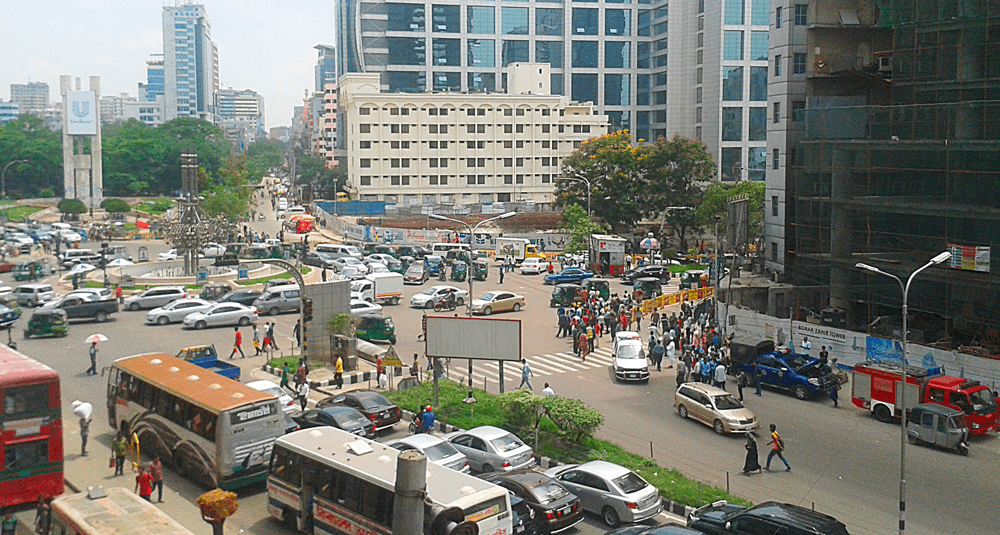What is the capital of Bangladesh?
Last Updated:
Dhaka is the capital of Bangladesh and one of the world’s most densely populated metropolises. Located in the center of the country, on the north bank of the Buriganga River, this dynamic city is the political, economic and cultural heart of Bangladesh.
With over 20 million inhabitants in its metropolitan area, Dhaka plays a major strategic role in South Asia. It is home to the Bangladeshi government, major financial institutions, as well as the country’s universities, museums, media and businesses. It is also a regional hub for industries such as textiles, of which the country is one of the world’s leading exporters.
Dhaka’s history goes back several centuries. First mentioned in the 10th century, it really came into its own in the 17th century, under the Mughal Empire. In 1608, it became the capital of the province of Bengal under the name of Jahangir Nagar, in honor of Emperor Jahangir. It was at this time that Dhaka became a prosperous commercial center, notably in the manufacture of the famous muslin, a fine, precious fabric exported throughout Europe.
After the Mughal period, the city came under British rule from 1765, as did the rest of Bengal. The city declined in the 19th century, competing with Calcutta, which became the capital of British India. However, from 1905 onwards, Dhaka regained its political importance as the capital of East Bengal.
After the partition of British India in 1947, Dhaka became the capital of East Pakistan, until the Bangladesh Liberation War in 1971. At the end of this conflict, the country gained independence and Dhaka was proclaimed capital of the new state of Bangladesh.
Today, Dhaka is a fast-growing megalopolis, where modernity rubs shoulders with tradition. Although the city faces many challenges, including pollution, traffic jams and rapid population growth, it remains a center of innovation and transformation for the country.
The Gulshan district is Dhaka’s diplomatic and commercial center, while Motijheel is the main business district. Old Dhaka, meanwhile, retains its historic charm with narrow streets, bustling markets and ancient monuments such as Lalbagh Fort and the Star Mosque (Tara Masjid).
Dhaka is also the seat of government and major political institutions, including the National Parliament of Bangladesh, housed in an iconic building designed by American architect Louis Kahn, considered a masterpiece of modern architecture.
Economically, the city plays a central role in the textile and clothing sector, which accounts for around 80% of the country’s exports. Numerous industrial zones, such as Savar and Ashulia, are located around the capital, attracting workers and capital.
On the educational and cultural front, Dhaka is home to the University of Bangladesh, one of the country’s oldest and most prestigious, as well as numerous museums, theaters and art institutions.
Dhaka, the capital of Bangladesh, is much more than just an administrative center. It is a city of history, diversity and contrasts, embodying both the challenges of the 21st-century urban world and the hopes of a rapidly developing country. Its cultural richness, economic weight and demographic vitality make it one of South Asia’s major hubs.
You may also be interested in
geography

What is the capital of Bangladesh?
Answer
Dhaka is the capital of Bangladesh, a major political, economic and cultural center in South Asia, located on the banks of the Buriganga River.